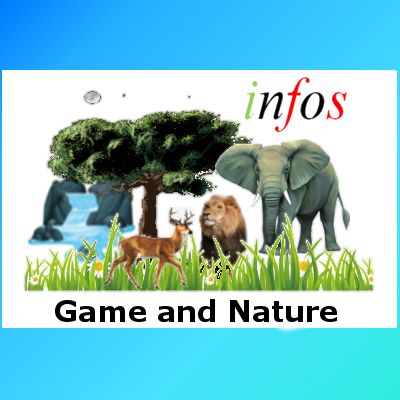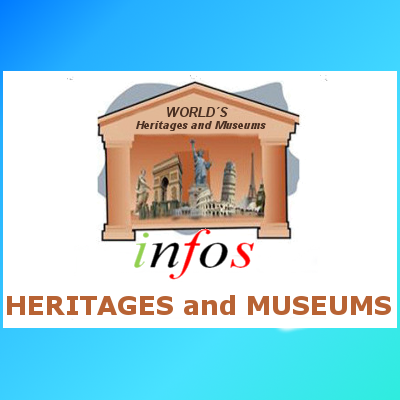Game and Nature Reserves
Find all the best Nature Reserves here with us
 Topes de Collantes Nature Reserve is a nature reserve park in the Escambray Mountains range in Cuba. It also refers to the third highest peak in the reserve, where a small settlement and tourist center is located, all sharing the same name. |
 Sierra del Rosario Biosphere Reserve is situated at the on the east side of the mountain range of Guaniguanico, enclosed by Pinar del Rio and Havana’s provinces of Cuba, where both northern and southern coasts can be observed. It covers an area of 26,686 hectares. This asset shows a complex geological structure, with a great diversity of stones that create diverse and particular soils, which partly, define flora endemism in its scenery. |
||||
 The Mogotes de Jumagua are a set of 8 elevated limestone features (Spanish: Mogotes) in the Villa Clara Province of Cuba. They are located within the orographic group Heights of the Northwest in the center-north of the Island of Cuba, two kilometers south-west from the city of Sagua la Grande. They pinnacles are of Upper Cretaceous age and are fused to each other, presenting enormous caverns. They have great scientific interest due to the enormous concentration of flora and fauna in a relatively reduced area, forming an ecological small barren island. |
 The Almendares River is a 45 km river in the western part of Cuba. Riverside city park with lush vegetation, an amphitheater & large dinosaur sculptures. It originates from the east of Tapaste and flows north-west into the Straits of Florida. The river acts as a water supply for Havana. |
 Parque Zoológico Nacional de Cuba is a beautiful forest area and the most visited area for bird watching in Cuba. It has over 700 species of animals in open areas that resemble their natural habitat thanks to the varied topography of the area. Tour Buses take visitors around the zoo’s 243 hectares that have been transformed into African prairie land roamed by giraffe, zebra, antelopes, rhinoceros, hippos and lions. Phone: +53 7 6430490 |
|||
 The National Botanical Garden of Cuba is a botanical garden of about 600 hectares and in which some 4000 plant species are exposed. Guided tours are offered at this botanical garden with native & exotic plants, plus an eatery. This botanical garden was conceived with the aims of a modern institution destined for public use in which a large collection of living, classified and scientifically ordered plants is shown for educational, scientific, recreational and conservationist purposes. Phone: +53 7 6979160 |
 The Quinta de los Molinos is a national monument located in the city of Havana , Cuba . Important for having been the residence of the Captains General during the colonial period, residence of the hero Máximo Gómez and for housing the Botanical Garden of Havana and the Máximo Gómez Museum. |
 Acuario Nacional de Cuba is an aquarium in Havana, Cuba established in 1960 to focus on "research and environmental education". Displays include those of coral and other tropical species, as well as a dolphinarium and sea lion shows. Website |
|||












